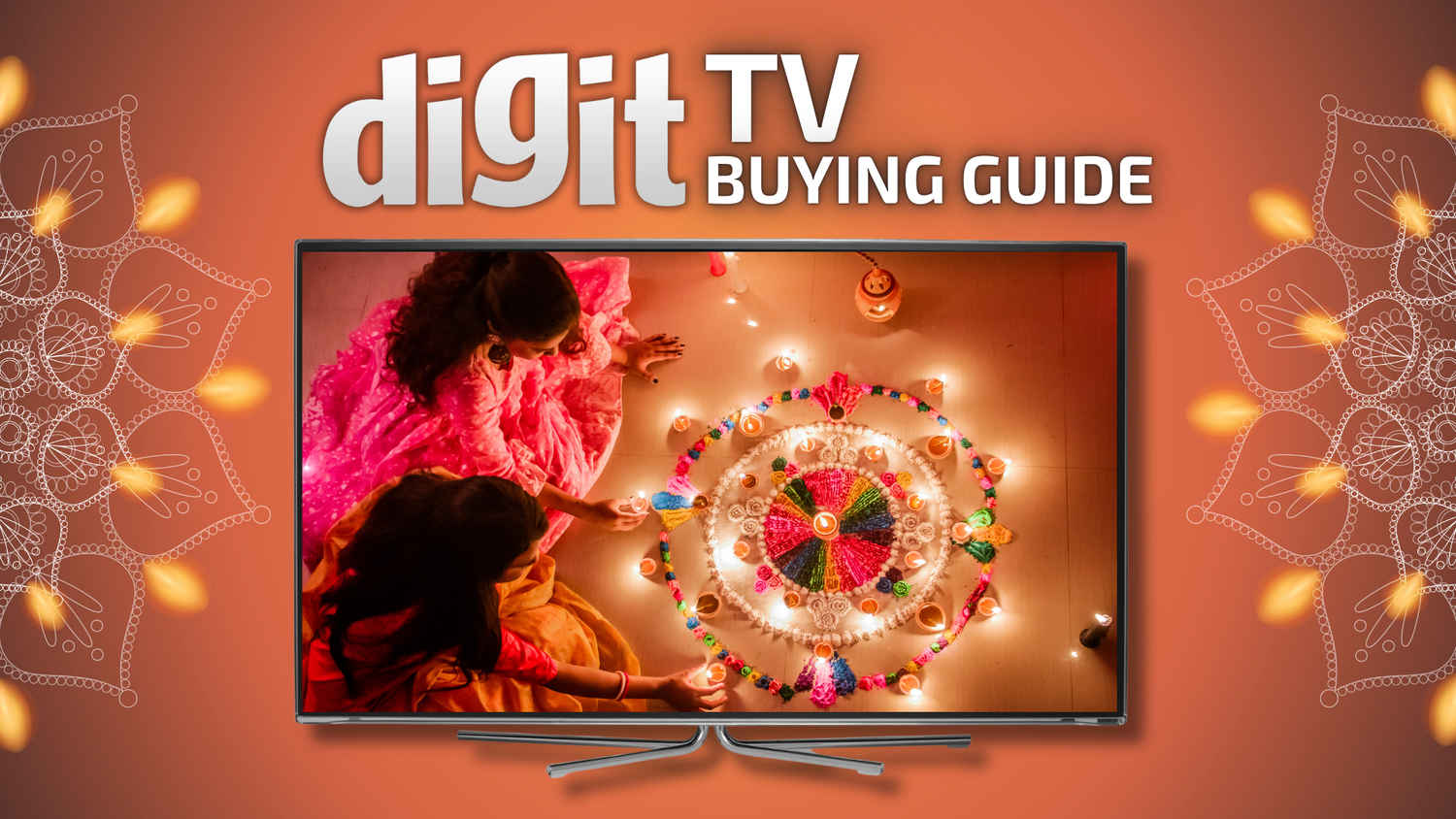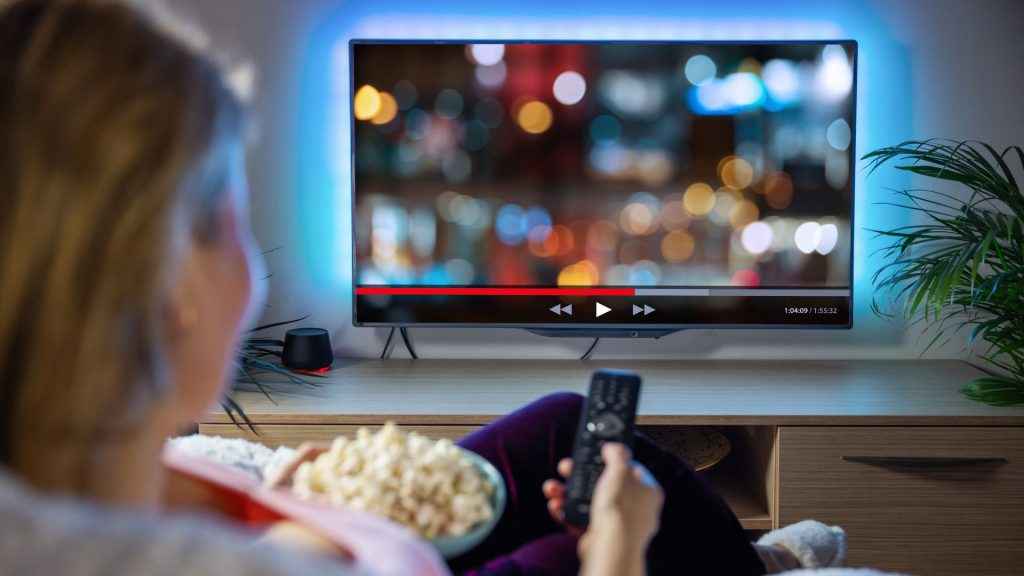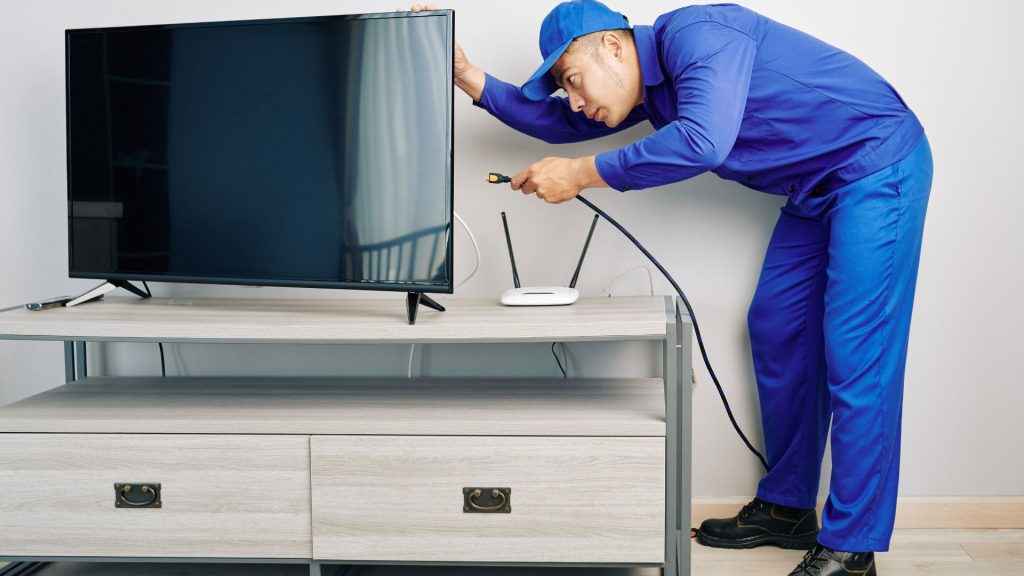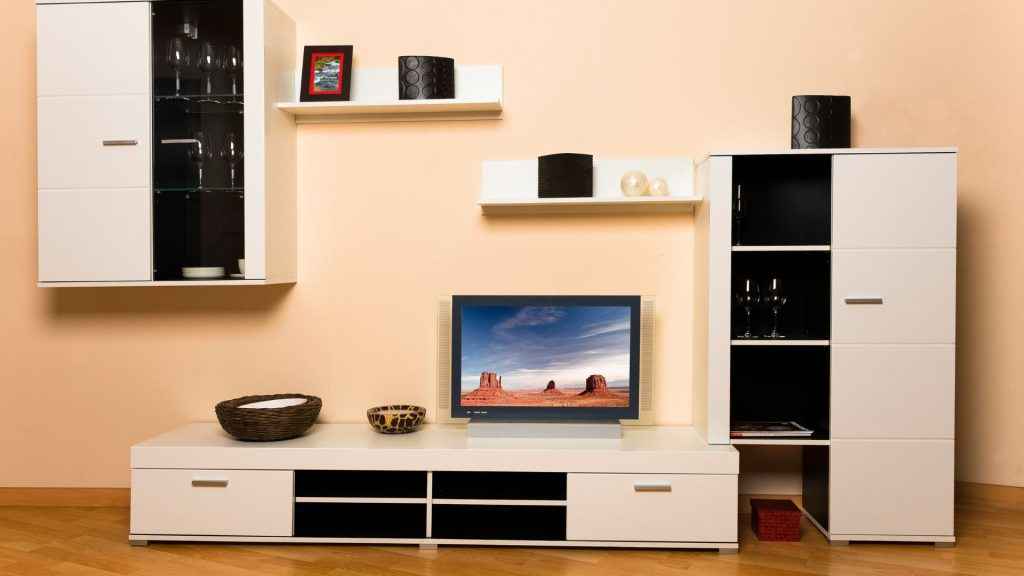TV buying guide: How to choose the right TV

The TV market in 2024 is more diverse and competitive than ever before. With advancements in technology, even budget-friendly TVs offer impressive performance, making it a challenge to choose the right one. The market is flooded with HD, 4K, and even 8K TVs, each boasting various features that can make the shopping experience overwhelming. However, understanding the critical aspects of TV technology and how they align with your needs can simplify the decision-making process.
 Survey
SurveyWhat are the different types of TV panels?
The type of panel used in a TV significantly affects its performance:
- LED LCD Panels: The most common type, offering a good balance of brightness and energy efficiency. Some models feature Quantum Dot Enhancement Film (QLED) for better color reproduction.
- OLED Panels: Known for their superior contrast and true blacks, making them ideal for movie enthusiasts. However, they are pricier and may suffer from burn-in issues.
- Mini LED: A newer technology that offers enhanced brightness and contrast, often found in premium TVs.
Choosing the right panel depends on your budget and viewing preferences. OLED offers the best overall picture quality, but high-quality LED and Mini LED options are also available in various price ranges.
Also Read: QNED vs QLED vs OLED TVs: What’s the difference?

Key factors to look for when buying TVs
Build and Design
The build quality and design of a TV can significantly impact your viewing experience and how well it integrates into your home. In 2024, TVs are sleeker, with minimal bezels, offering a more immersive viewing experience. Premium models often feature high-end materials, such as metal or brushed aluminium finishes, while budget models might use more plastic. However, regardless of price, most modern TVs are designed to be aesthetically pleasing, with a focus on blending into various room decors.

When selecting a TV, consider the sturdiness of the stand, the weight (especially if you plan to wall-mount it), and the overall thickness. Thinner models tend to look more elegant but may also have limitations in terms of speaker quality and port accessibility.
Features
TVs today come with a range of features that cater to different viewing preferences. Here are some key aspects to consider:
- Screen Size: Choose a screen size that fits your space. For medium-sized bedrooms, 43 inches is ideal, while 55 to 65 inches is recommended for living rooms.
- Resolution: While 4K resolution remains the sweet spot for most consumers, offering a significant upgrade over Full HD, 8K TVs are emerging, though they are not yet essential due to the lack of content.
- Refresh Rate: Standard TVs have a 60Hz refresh rate, but for smoother motion, especially in fast-paced action scenes or gaming, a 120Hz or higher refresh rate is preferable.
- Connectivity: Ensure the TV has enough HDMI ports for your needs, preferably HDMI 2.1, which supports features like Variable Refresh Rate (VRR) and Auto Low Latency Mode (ALLM) for gamers. USB, Ethernet, and Wi-Fi connectivity are also crucial.
- Smart TV Capabilities: Modern TVs are equipped with smart features that allow you to stream content directly from platforms like Netflix and YouTube. Ensure the TV supports the apps you use frequently.

OS and UI (For Smart TVs)
The operating system and user interface play a crucial role in the overall smart TV experience. In 2024, most TVs come with built-in Wi-Fi and a smart interface, allowing users to stream content, use apps, and even control smart home devices.
- Google TV: Found in many TVs across various price segments, offering access to a wide range of apps and a user-friendly interface.
- LG’s webOS and Samsung’s Tizen OS: Known for their smooth performance and minimalistic design, making navigation easy and intuitive.
- Amazon’s Fire OS: Popular for its integration with Alexa and a wide array of apps.
Beware of no-name or proprietary OSs that might clutter your experience with unnecessary apps. Always check for well-tuned picture modes like Filmmaker or Cinema Mode, which provide a more accurate display.
Performance
Performance is where the real value of a TV shines through, beyond the specs listed on paper. It includes how well the TV handles motion, displays colors, and manages HDR content:
- Picture Quality: In affordable TVs, expect decent performance with around 300 nits of peak brightness, though HDR might not be as impactful. Midrange and premium TVs offer better brightness, deeper blacks, and more vibrant colors.
- HDR Support: Look for TVs that support HDR10/10+, Dolby Vision, and HLG for the best visual experience, especially in midrange and premium models.
- Gaming: Gamers should look for features like a high refresh rate, VRR, and ALLM, though true 120Hz refresh rates are typically found only in midrange to premium models.

Audio
The sound quality of a TV is often overlooked but is crucial for an immersive experience:
- Wattage: Higher wattage generally means louder and better sound, especially in larger rooms.
- Sound Quality: Check for clarity in dialogue, bass levels, and the absence of distortion at high volumes. Midrange and premium TVs usually offer better built-in speakers, but investing in a soundbar or home theatre system can significantly enhance your experience.
- Advanced Features: Some TVs offer Dolby Atmos support for a more immersive audio experience, particularly in premium models.

Also Read Dolby Vision vs Dolby Vision IQ vs HDR10: Here’s everything that you should know!
Mounting options in TVs
Mounting options can greatly influence the overall look and practicality of your TV setup:
- Wall Mounting: Most modern TVs are designed to be wall-mounted, providing a clean, space-saving look. Ensure your wall mount supports the TV’s size and weight. Some mounts allow for tilting or swiveling, which can be useful for reducing glare or adjusting viewing angles.
- Stand Placement: If you prefer placing your TV on a stand, make sure the stand is sturdy and that the TV fits comfortably within the space available. Check for cable management options to keep your setup neat.TV Buying guide: How to Choose the Right TV
Deepak Singh
Deepak is Editor at Digit. He is passionate about technology and has been keeping an eye on emerging technology trends for nearly a decade. When he is not working, he likes to read and to spend quality time with his family. View Full Profile